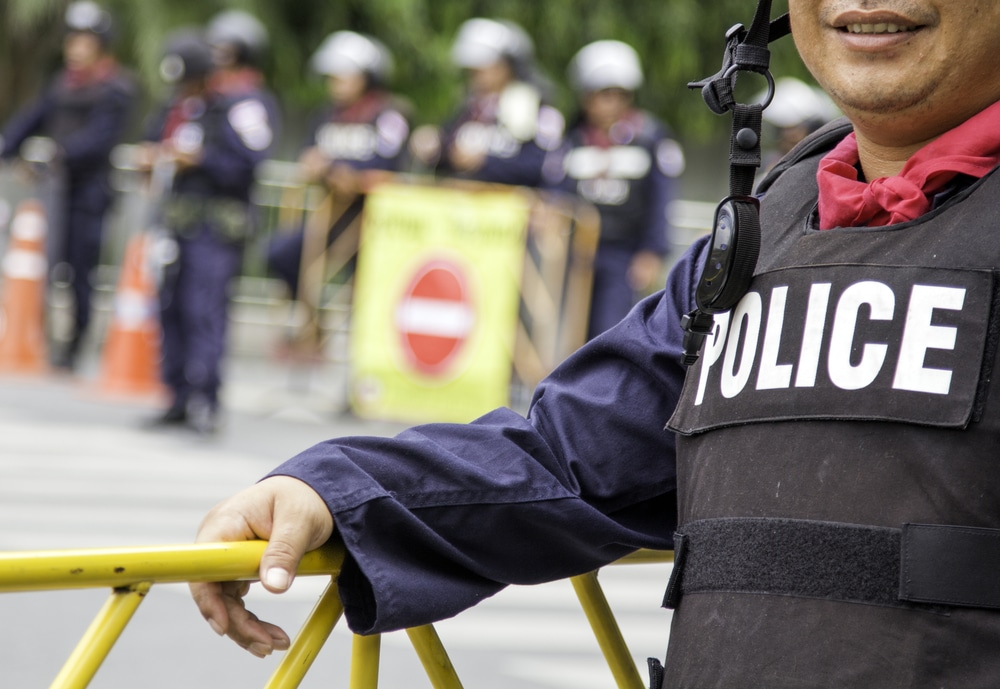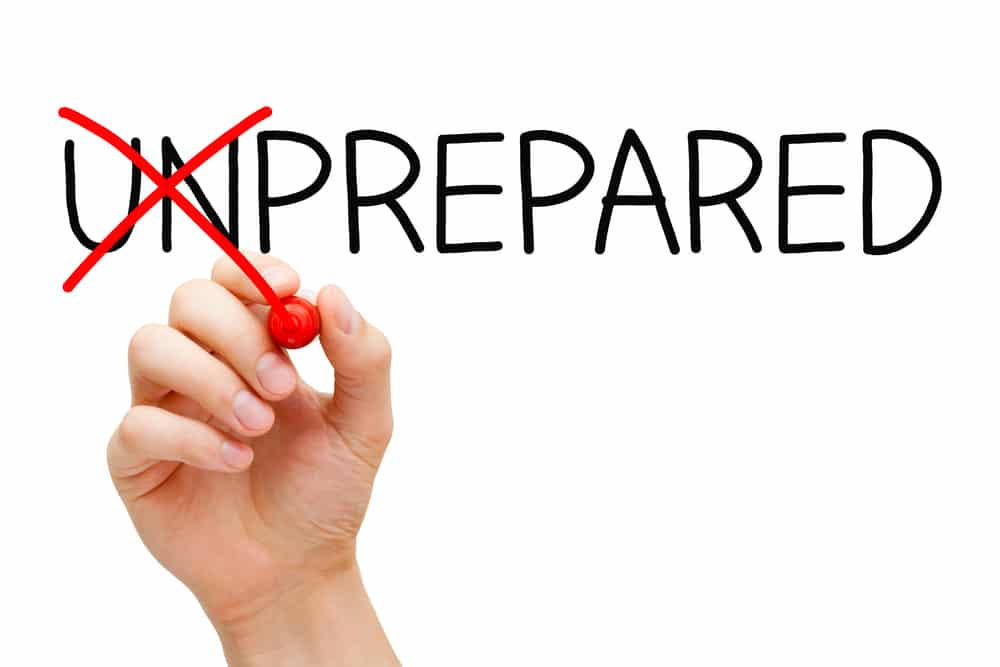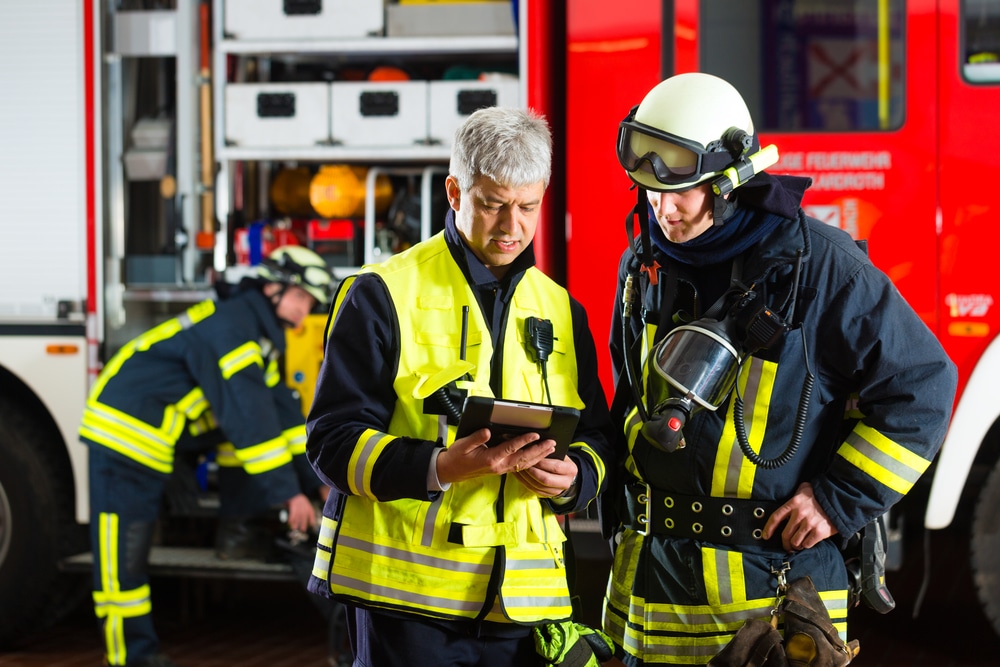Designing Effective Lockdown Procedures for Offices

Do all your team members know the necessary steps to reach safe areas and secure them if an intruder or active shooter were to invade the office?
Are your department heads and office personnel prepared to implement the appropriate measures if certain natural disasters were to occur?
Would an actual emergency situation catch your security guard unawares? Finding themselves unprepared in a crisis is every employer’s worst nightmare.
In this article, we’ll discuss the importance of establishing detailed emergency lockdown procedures for offices to implement in an emergency.
Plus, we’ll examine what makes proper lockdown procedure creation and distribution more effective to help ensure the safety of office and other building workers. Finally, if your office workers need active shooter training, we have a full course that you can use.
What are Lockdown Procedures?
A lockdown procedure tells people what to do if the building experiences an unexpected, dangerous event.
Lockdown protocols are created to prepare everyone for each risk and provide opportunities to practice each lockdown scenario for various threats and types of danger.

Why It Matters
When people already know and have practiced the proper protocols, they can feel more prepared to respond to a sudden threat to their health and safety.
Plans help people stay calm and follow directions, both for their safety and to better aid in the efforts of emergency services.
Creating an Emergency Lockdown Procedure
Some potential situations that require different types of lockdowns include natural disasters, police activity, bomb threats, protests, and active shooters.
Creating emergency lockdown procedures for each potential threat is essential in order to protect the health and safety of employees and students if an immediate threat is present or dangerous events suddenly occur.
Therefore, business owners are wise to establish data-driven emergency plans for all scenarios that may require a lockdown. Your lockdown plan should also include running emergency drills that include active shooter training.

What Should a Lockdown Procedure Include?
A workplace lockdown procedure should break down exactly how to respond to a potential threat step by step. It should also dictate that the leadership responsible for initiating a lockdown should take into consideration the specific building dimensions and security specifications.
The lockdown procedure will usually instruct the security officer or person in charge to lock all the exit doors and cover the windows. It’s not uncommon for the procedure to instruct barricading the doors, turning off lights, and silencing all noise sources.
They also usually advise taking attendance, clearing areas that cannot be secured, keeping entry points locked to close off intruder access, and staying quiet and concealed while awaiting further instructions.
Most importantly, during a full lockdown, everyone must stay inside the building; entry and exit are prohibited. The Department of Homeland Security has an excellent document to help you with your lockdown planning.

Implementation
In order to properly offer protection as intended, plans must be well-communicated and distributed. Hard copies and digital copies should be readily available at all times, and employees should be given ample opportunity to rehearse.
Additionally, drills offer the added bonus of allowing the effectiveness of the current plans to be evaluated so they can be improved based on the results.
Practice with Unplanned Lockdown Drills
Preparing for external threats by creating and practicing a formal lockdown procedure can help to control certain risk factors and potentially save lives.
For example, procedures like locking doors, covering and staying away from windows, and seeking a safe place to take shelter until the event ends can be integral in an emergency. These are also key components of your crisis communication plan.
Once the lockdown procedure has been developed, it should be regularly distributed with hard copies and digital reminders, along with adjustments following the evaluation of the plans’ effectiveness during unplanned lockdown drills.

Different Types of Emergency Lockdowns
Using the right plans for certain risks and unexpected events like natural disasters allows company and campus security to respond accordingly to each different kind of situation and better secure the building to ensure the safety of employees and students on the premises.
In addition to their categories, plans may vary based on certain kinds of threats. For example, it may not be necessary to stay away from outward-facing windows and remain quietly out of sight if the issue being faced is extreme weather.
Planning lockdowns requires understanding the different types of lockdowns that may be implemented on the premises. Types of lockdowns include full lockdown, shelter-in-place, internal threat, and external threat.
Full Lockdown vs. Shelter-in-Place
When external health hazards like extreme weather make leaving the building dangerous, a shelter-in-place lockdown may be initiated.
When the location is under attack from an immediate threat, such as an active shooter, a full lockdown will usually occur.
Especially for a security officer, it’s extremely important to anticipate potential emergencies and work with various department heads to create a formal lockdown procedure for each possible threat.
External Threat vs. Internal Threat
With specified plans in place for each type of emergency that may occur in colleges, high schools, events, a work office building, and other vulnerable spaces, on-site security for the location can respond using the most appropriate methods for protecting everyone on the premises.
An internal threat describes when a threat is present inside the building, such as a bomb threat. In these lockdown scenarios, the primary aim is to prevent harm to those inside until the situation can be resolved.
An external threat refers to hazardous activities outside the same location, such as police activity or rioting. In these situations, the main goal is to close off entry access to keep the danger out.
By understanding the different types of lockdowns, safety officers and management can work together to create the most appropriate steps and actions to take in all potential crisis situations.

Final Thoughts
Preparedness for the unexpected is crucial to upholding effective safety standards in the workplace. Be it an office or a campus, every building and facility should have an emergency lockdown procedure to ensure the safety of workers and students.
Especially for a security officer responsible for their assigned area of the building, it’s extremely important to know how to identify each different threat and implement the appropriate protocols quickly.
Bottom line? Taking the necessary steps in advance to prepare an office lockdown procedure can help to safeguard the lives of employees while cultivating a trusting work environment.
Frequently Asked Questions
Here are some of the most common questions surrounding office lockdown procedures:
What is a lockdown procedure?
Lockdown procedures are defined as the series of actions to take in an emergency to better ensure the safety of everyone at the location being faced with a threat.
Businesses must define and rehearse these plans in order to provide adequate protection for their employees from potential dangers while at work.
What should an office lockdown protocol include?
It’s important to remain calm in an emergency and remain inside. A reliable reporting method to contact emergency services should be established, along with evacuation procedures.
Procedures usually identify who can declare putting a lockdown into effect. Plans tend to include important contacts and will often indicate the chain of command and each person’s responsibilities.
Additionally, it’s not uncommon for lockdown instructions to include locking all doors and windows, covering windows and staying out of view, clearing hallways and securing rooms, taking roll calls, and prohibiting all entry and exit until further information is received.
What are the benefits of office lockdown protocols?
Establishing a plan for office lockdowns helps promote better streams of communication during an emergency. It helps employees to prepare and protect themselves and others and can even aid in managing risks and deterring attacks.
Protocols are a great way to empower employees and gain experience in exercising emergency procedures, so additional delays can be avoided when it matters most.
Most importantly, practicing a procedure promotes acting fast in an emergency situation. A well-rehearsed lockdown can give more control to potential victims by quickly limiting the access of attackers until police arrive.